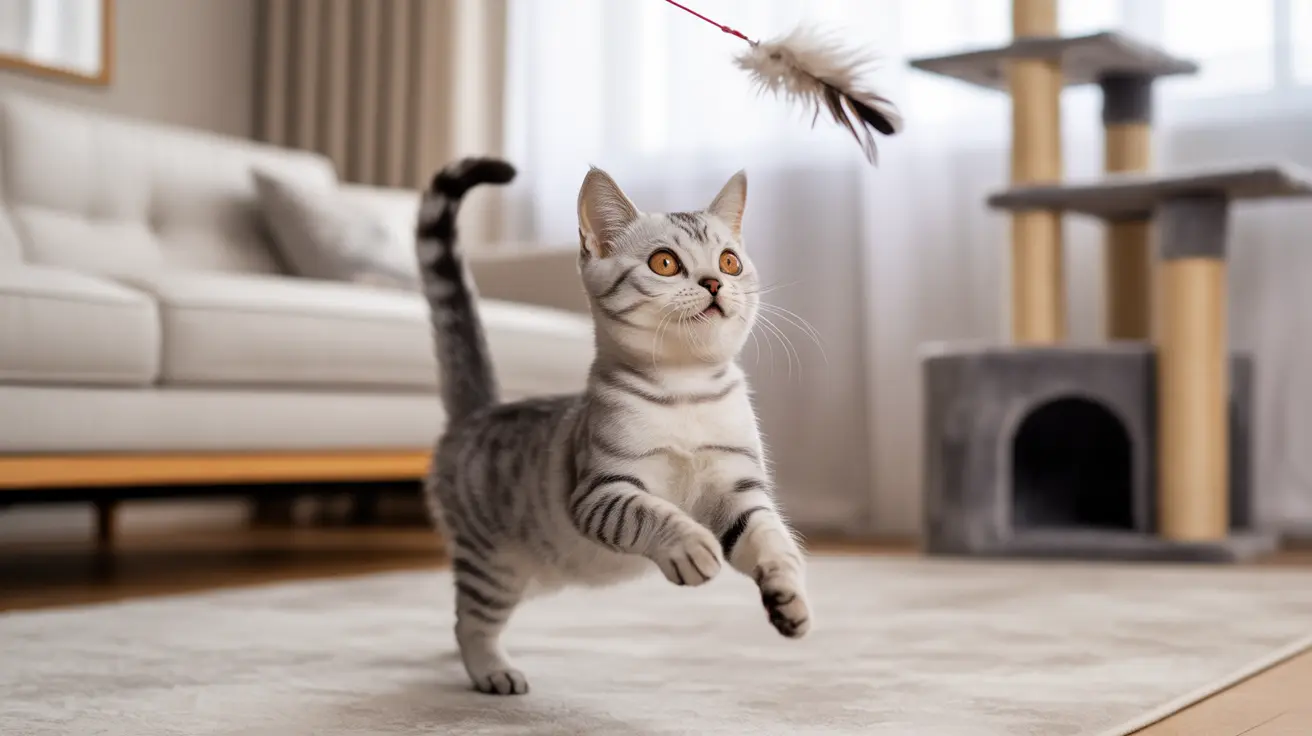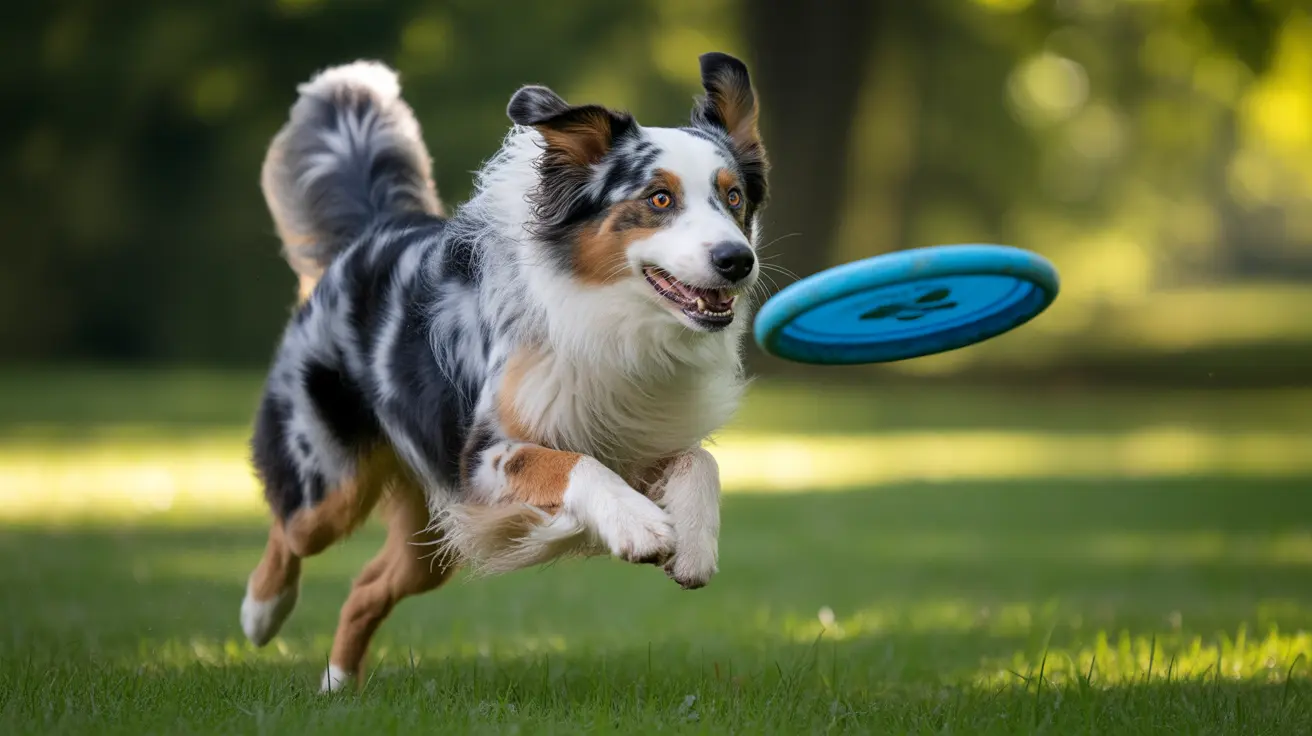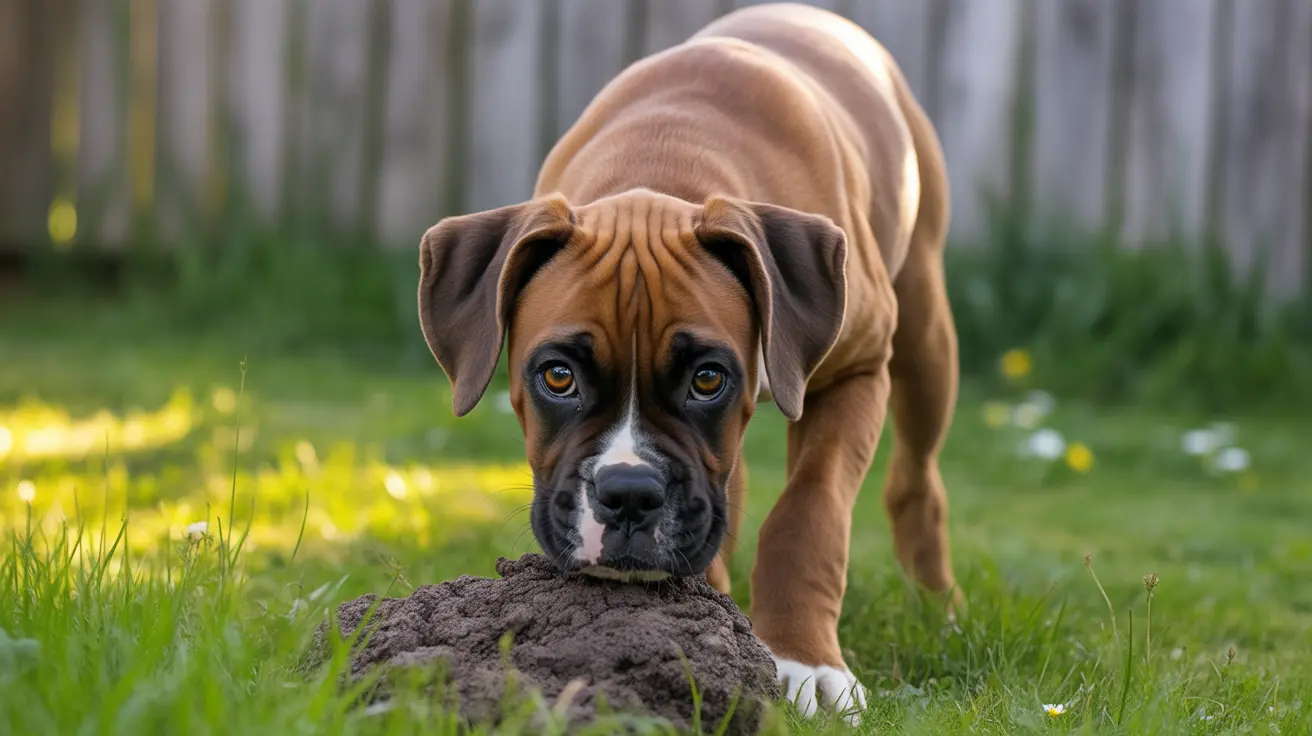If you've ever watched your dog vigorously shake their favorite toy, you might have wondered about this seemingly aggressive behavior. This intense toy-shaking action, while sometimes startling to observe, is deeply rooted in your dog's natural instincts and serves multiple important purposes in their physical and emotional well-being.
Understanding why dogs shake their toys violently can help pet owners better appreciate their furry friends' natural behaviors and ensure they're providing appropriate outlets for these instinctual drives.
The Predatory Instinct Behind Toy Shaking
When your dog shakes their toys violently, they're actually displaying an ancient hunting behavior inherited from their wolf ancestors. In the wild, wolves would grab their prey and shake it vigorously to quickly disable it by breaking its neck or spine. This efficient hunting technique has remained hardwired in our domestic dogs' DNA, despite generations of domestication.
While modern dogs no longer need to hunt for survival, this instinctual behavior manifests during playtime. The action of shaking toys provides both physical exercise and mental stimulation, allowing dogs to express their natural predatory sequence in a safe, controlled manner.
Breed-Specific Toy Shaking Behaviors
Different dog breeds may display varying intensities of toy-shaking behavior. Terriers, hunting dogs, and other breeds specifically developed for pest control often exhibit more vigorous toy-shaking tendencies. This is because these breeds were selectively bred to maintain strong predatory instincts for their working roles.
However, all dogs, regardless of breed or size, may engage in toy shaking as part of their natural play behavior. The intensity and frequency of this action often depend on the individual dog's personality and energy levels.
The Emotional Benefits of Toy Shaking
Beyond the predatory aspect, violent toy shaking serves several emotional purposes for dogs. It can act as a stress reliever, helping dogs release pent-up energy or anxiety. The physical action of gripping and shaking provides a satisfying outlet for frustration or excitement.
Additionally, successfully "killing" a toy can boost a dog's confidence and provide a sense of accomplishment. This is particularly true with squeaky toys, where the squeak mimics prey sounds, and silencing the squeak gives dogs a feeling of triumph.
Choosing Appropriate Toys for Shaking
For dogs that enjoy vigorous toy shaking, it's crucial to select appropriate toys that can withstand this kind of play. Look for durable, well-constructed toys specifically designed for aggressive chewers. Avoid toys with small parts that could become choking hazards when shaken forcefully.
Consider rotating your dog's toys to maintain their interest and prevent obsessive behaviors. This also helps extend the life of toys and keeps playtime exciting and engaging for your pet.
When to Monitor Toy Shaking Behavior
While toy shaking is generally harmless, there are times when this behavior should be monitored more closely. Watch for signs of resource guarding, such as growling or aggressive behavior when others approach during play. Also, be mindful if the behavior becomes obsessive or interferes with normal daily activities.
For multi-pet households, supervise play sessions to ensure toy shaking doesn't escalate into aggressive interactions between animals.
Frequently Asked Questions
Why do dogs shake their toys so violently during play?
Dogs shake their toys violently as an instinctual behavior inherited from their wolf ancestors. This action mimics how wild canines would kill prey by breaking its neck or spine. In domestic dogs, this behavior serves as a healthy outlet for their predatory instincts and provides both physical and mental stimulation.
Is shaking toys a normal instinctual behavior for all dog breeds?
Yes, toy shaking is normal for all dog breeds, though some breeds (particularly terriers and hunting dogs) may display more intense shaking behaviors due to their breeding history. This behavior is part of their natural predatory sequence and is completely normal.
How can I tell if my dog's toy shaking is a sign of aggression or resource guarding?
Watch for signs like growling, snapping, raised hackles, or possessive behavior when others approach during play. If your dog becomes tense or aggressive while shaking toys, especially around other pets or people, consult with a professional trainer or behaviorist.
What types of toys are best for dogs that shake and chew their toys aggressively?
Choose durable, well-made toys specifically designed for aggressive chewers. Look for reinforced seams, strong materials, and avoid toys with small parts that could become choking hazards. Rubber toys and specially designed "tough" plush toys are often good choices.
How can I safely manage and train my dog if their toy shaking becomes obsessive or problematic?
Establish clear boundaries during play, rotate toys regularly, and ensure your dog gets plenty of exercise and mental stimulation. Teach commands like "drop it" and "leave it," and consider working with a professional trainer if the behavior becomes concerning.
Conclusion
Violent toy shaking is a natural, healthy behavior that allows dogs to express their instinctual drives in a safe way. By understanding this behavior and providing appropriate outlets for it, you can help your dog maintain both physical and mental well-being while keeping playtime safe and enjoyable for everyone involved.






